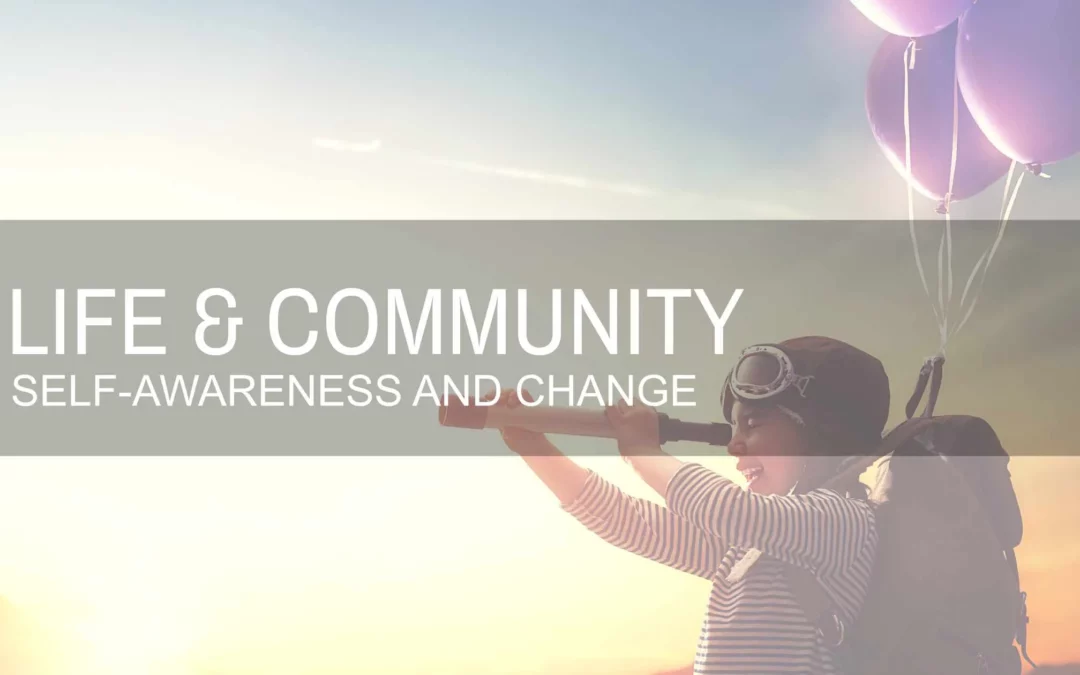What is the equation for behavioral change? That’s one of the central questions that social scientists have been trying to tackle. There are many theories ranging from learned associations and changing habits to underlying motivations and appealing to the instincts. However, a core component through most of them is the distinction between what we know and what we don’t know about ourselves that may hinder us or help us.
Adding Perspective
In order to change, we have to become aware of an area of needed improvement and actually acknowledge it as such before we are able to fully address the issue. To fully face the issue, we need to identify what our strengths and weaknesses are. A way to approach this is by categorizing them into four groups: known strengths, known weaknesses, unknown strengths, and unknown weaknesses. Most of us would be able to list off some things for the first two categories, but in order to get the full picture, we would need outside perspective and input to help us to uncover hidden strengths and unknown blind spots. The more information that we can integrate into the full picture about ourselves, the more self-aware we become and the more effective the outcome will be.
Thoughts for the Week
However, we humans, are funny in the sense that we will actively ignore certain truths about ourselves because we are afraid of the change and the potential outcomes that may come along with it. As a result, sometimes we go out of our way to avoid processing our thoughts and feelings and the process of self-reflection. This means that to truly become self-aware, we need to be willing to let go of the ego and our tightly held self-perceptions. Thus, to fully change, it comes from within ourselves, because no one else has the power to change those perceptions.



